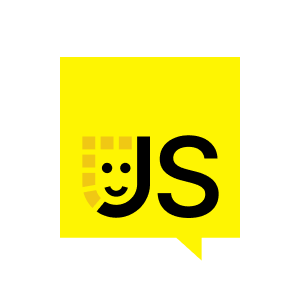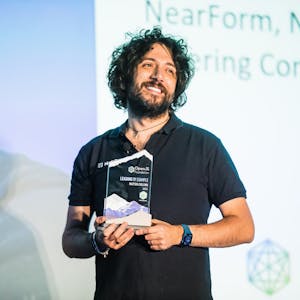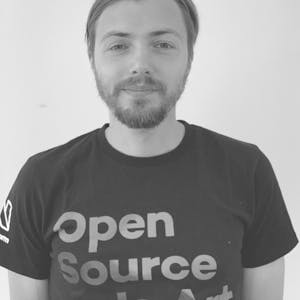Um, somebody else asked, the CVK is an open source project. Can I contribute or at least provide input? Yeah, so if you if you want to contribute, it is open source. I haven't personally contributed so I can't comment on what that experience is like if it's if it's pleasant or not. But the even if you don't want to contribute code, there is a roadmap and other things that people can request features on. You there's like a GitHub project board where you can kind of see what the team is working on and what they're planning for the future. So I think one thing that that jumped out was like going support was something they were planning to add. So yeah, you can you can definitely give feedback and kind of see the development is happening in the open. So you can kind of see what's going on.
Nice. I love that. I even if it's just like seeing what's what's up ahead, it helps us make decisions about if we want to implement it or if things are coming up. And I think it's awesome. If you have that input, I know that companies building software for other developers are often keen to hear how developers will adopt that kind of stuff. Yeah, at the end of the day, I mean, they're building it probably for their own internal purposes, but also for, you know, all the AWS customers. So, why not try to see what people actually want and need? Yeah, that makes sense.
Um, Alexi in the chat is asking, which level of AWS experience is required to start using AWS CDK productively? I would say you just have to know what on AWS you're trying to build. So, you know, if you know JavaScript, and you know what you want to build on AWS, I think it's extremely easy to get started. If you've never used AWS before, and you don't even know, you know, what a lambda function is, or what a what a container is, or something like that, you're probably going to need to know what you're trying to build first. But other than that, the ramp up, at least, in my opinion, was was very simple. Nice. And hey, Colin, we've been asking, we've been asking our speakers today if they can share a little bit about since we're asking about experience, we'd love to know, how did you get into programming? What's your story? I was a computer nerd as a kid. So I I remember getting AOL and things like that. And then wanted to learn how to make web pages. And then web pages have JavaScript. And I just I really liked what I could do with JavaScript there. Learned, you know, I guess more formal programming in college, and still ended up coming back to JavaScript anyway, because it's it's just such a fun language. It is a really fun language, isn't it? Do you have any like highlights of like, what things you've built with JavaScript that you're really excited about? Things, so I guess one of my bigger contributions and JavaScript was when I was doing some work on gRPC. They didn't have a a TypeScript implementation of the server side of that. So I got to build that out. And I think it's currently being shipped with the official gRPC module.






















Comments